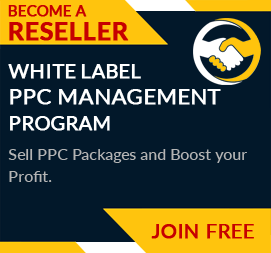
They’re made up of data attributes from the item details you supply in your Merchant Center data feed, and they’re displayed to consumers who are already looking for the things you’re selling.
With extensive reporting and performance tools, you can quickly create your ad content, set a budget and pricing that works for you, and easily analyze the impact of your advertising.
To market your products on Google, you’ll need to establish campaigns for your Shopping advertising in Google Ads. Shopping campaigns let you organize, manage, and improve your Shopping adverts. You may then utilize comprehensive reporting and benchmarking tools to track and improve the performance of your campaign.
How you design and manage your Shopping campaigns is dependent on your product data. Shopping campaigns make it easy to browse and manage your inventory levels and make intelligent choices about your advertising strategy by making all of your product information available.
Product groupings are used in shopping campaigns to determine which products you wish to bid on. Any product attribute and any level of granularity can be used to partition your inventory into specific product groups. The goods that aren’t subdivided in the product groups you don’t split go into the “Everything else” product group. Depending on your campaign goals, you then establish bids for each product group.
You’ll be able to handle your marketing strategy and further divide up your products using the retail-centric tools in Google Ads once you’ve created it in the Merchant Center.
Last but certainly not least, we have our product feeds.
To generate product listings as an aspect of having Shopping Campaigns and Smart Shopping Campaigns, you’ll need to upload product feeds. You have various alternatives for how to go about doing this, providing you a lot of versatility.
If you have any problems, make sure to check for common feed infractions before continuing. To build product listings, you’ll need to submit product sources.
Are you prepared to launch your Google Shopping campaigns? Keep these industry standards in mind at all times.
Google sends a lot of information to customers via product feeds.
What is the cost of your items? When will they be delivered? How many do you have?
This information is subject to change. You might have a sale or a price rise; you might run out of a certain product or variety.
When anything changes, it’s critical that Google receives the information as soon as possible, thus choosing always-up-to-date product feed synchronization solutions is the way to go. To avoid any product feed breaches, you want Google to know as soon as your inventory is out.
Some companies for Google Shopping Ads can sell to customers in any area, which is commendable.
Others, on the other hand, are constrained by geography in some way. A truck-delivery furniture firm may not be able to send products up to Alaska, and certainly not to Hawaii, for example. A bakery, on the other hand, may deliver its goods, but within a certain radius.
You can use geolocation tracking to show your ad solely to those who live in or near specific places. You can also restrict specific users by using location tracking.
Always ensure to have solid normal Shopping campaigns in place before going Smart Shopping. That said, once you’ve had a few weeks of good results, you may start experimenting with Smart shopping to see how it works for you.




